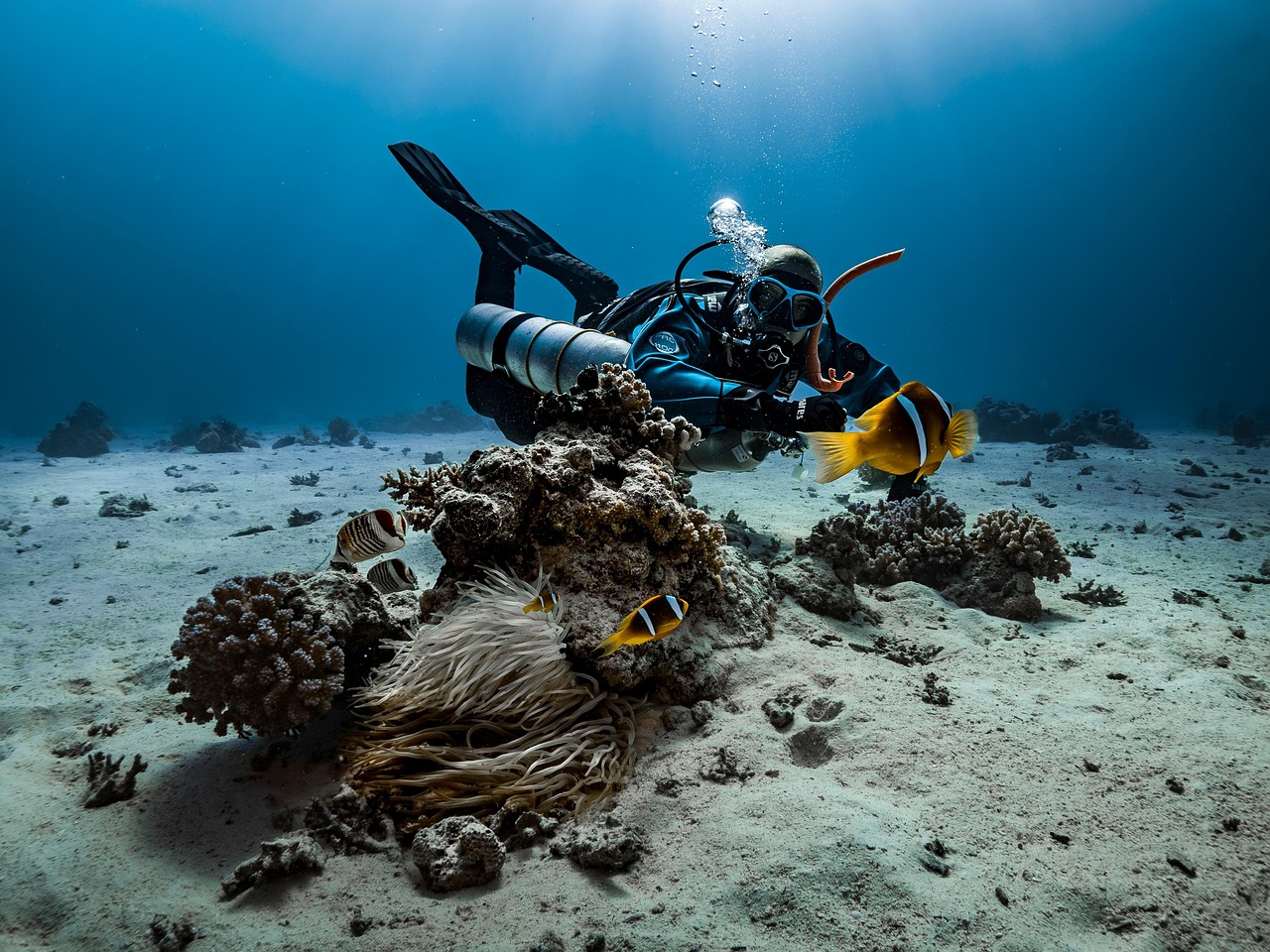
Here are some tips for taking photos underwater
Underwater photography brings the underwater world to the surface. Some people think that swimming in the ocean is like, but they don't want to learn how to dive. Underwater photographers are on a mission to bring the underwater world to life for all of us who don't want to dive or never had the chance. While photography is an art in itself, you need special skills to take great underwater photos.
With underwater photography, you've got to get close. It's not like wildlife photography where you can take a step back. Basically, you've got to get close to the marine life to take good photos of it. It's all down to the water. The water refracts images, often distorting them, so if you want to get closer to your subject, you'll need to use less water between you and the subject. Underwater photography needs a lot of patience. Your subject might be a speedy swimmer like a shark, whale or dolphin, or they might hide in the coral and only come out when they're feeling safe. Water holds particles, most often living things called plankton. This can make it hard to get a clear picture because the particles often float away while you're trying to take a shot. This can make the image less sharp and contrasty.
When it comes to marine life, it's not just about being fast or the strongest. This means you'll often find your subject camouflaged rather than out in the open. You have to find your subject with determination, but without startling them. The underwater world is something we should all respect. You don't want to touch the living organisms, so you need to learn to move with the current and try to get the perfect shot. If you're into underwater photography, you need to be aware that a lot of marine life, especially coral, can be at risk of being damaged if you're not careful. It's important to follow the rules and adhere to a code of ethics.
A strobe is a type of underwater flash that can help you get the perfect shot. It's really important to have a flash with an underwater camera. It'll help you bring other colours into the picture, rather than just red and orange. The strobe just needs to be a medium size – anything bigger and it'll get in the way when you're trying to take photos.
And don't forget, composition is really important too. You'll be following the same rule you did in regular photography, but you'll still need to have an upward angle on the subject. It's all about the camouflage technique that most marine species use. They usually melt into their hiding spots, and sometimes their bodies are designed to hide in the water when they're swimming like sharks. Trying to get a clear shot when the subject blends into the background can be tricky.
If you're into underwater photography as a hobby, you'll need to get your photography skills on land up to scratch first. Once you've got great pictures on land, you can move on to the harder version of the underwater world, where some of the rules you used on land don't apply. To get the best picture, you'll need to be patient and skilled. When you take photos underwater, you bring the marine life to the surface, which is great for getting to know it a bit better. If you're just dipping your toe into underwater photography, you might want to think about signing up for a professional class to get the lowdown on the key techniques and to get some hands-on practice.